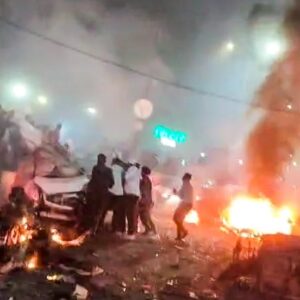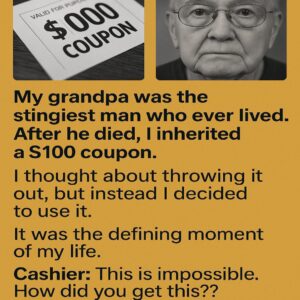A loaf of bread sitting on the counter often raises the question: is it just stale or truly spoiled? Bread becomes stale quickly, but dryness alone does not make it unsafe. When bread hardens, it has simply lost moisture through a process called retrogradation. While less pleasant to eat plain, it remains safe if no mold is present.
Stale bread can be revived. Wrapping it in foil and warming it in the oven helps restore softness, while toasting enhances flavor with a satisfying crunch. These simple methods extend its usefulness and reduce waste.
In fact, many recipes actually benefit from bread that is slightly hardened. Dishes like French toast, stuffing, croutons, and bread pudding rely on firm slices that soak up liquid without falling apart. This sturdiness makes stale bread valuable in the kitchen.
Beyond traditional uses, stale bread can be transformed into versatile ingredients. It can be pulsed into breadcrumbs, cubed for salads, or incorporated into savory meals like panzanella. Sweet recipes also take advantage of its texture, turning leftovers into delicious desserts.
Its ability to absorb sauces, broths, and dressings without disintegrating makes stale bread a hidden asset. Rather than discarding it, cooks can see it as a base for creativity and flavor.
Mold, however, tells a different story. If green, black, or fuzzy patches appear, the entire loaf should be discarded. Mold spreads invisibly through the porous structure of bread, even if only a small spot is visible.
Eating moldy bread poses risks, from allergic reactions to illness caused by mycotoxins. These toxins can be harmful even in small amounts, making caution essential.
The key is distinction: stale bread can be salvaged and enjoyed, but moldy bread must be thrown away. Knowing the difference ensures safety while preventing unnecessary food waste.





